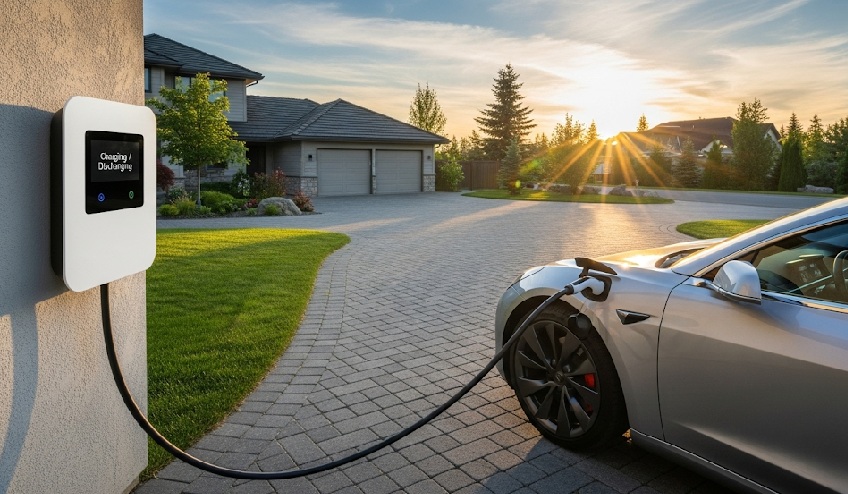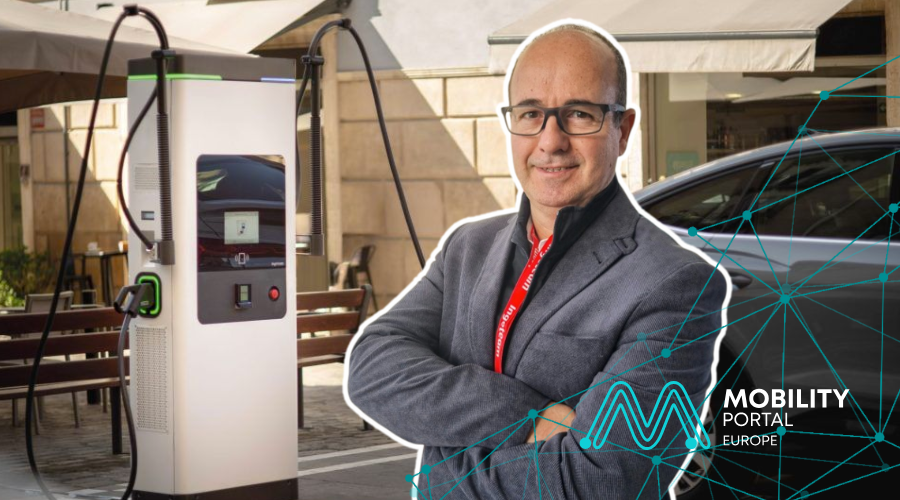The Federal Network Agency has published drafts of its ruling on “Market Integration of Storage and Charging Points” (MiSpeL).
The aim of the ruling is to open up new opportunities for the market-based use of electricity storage systems and charging infrastructure.
Klaus Müller, President of the Federal Network Agency, says:
“With this ruling, we are laying the foundation for making both small and large electricity storage systems more flexible: in future, they will be able to actively participate in the electricity market while still being used to optimise their own consumption. Until now, only one of these two options was possible. The ruling also marks a milestone for the bidirectional charging of electric vehicles.”
“The ruling also includes solutions for large-scale storage systems. These can be integrated particularly well into the grid and support the market in addressing many challenges of the energy transition – especially when it comes to integrating increasing amounts of renewable electricity.”
Distinction between renewable and grid electricity
The draft rulings contain specific provisions to ensure that, despite “mixed” stored electricity from renewable sources and from the grid, operators can still receive EEG subsidies for the “green” share of their feed-in and pay reduced EnFG levies for the amounts of grid electricity fed back into the system.
This was not possible under current legislation.
The ruling proposes two new options for determining these “eligible for support” and “eligible for balancing” electricity quantities on a proportional basis: the “differentiation option” for precise computational allocation and the “flat-rate option” for especially simple allocation in the case of small solar installations.
For the bidirectional charging of electric vehicles, the ruling enables charging points to be treated as storage units within home energy management systems and benefit from the same provisions for grid feed-in that is eligible for support and balancing.
Background
Until now, electricity storage systems have often only been used to temporarily store self-generated renewable energy for personal consumption.
However, they can make a much greater contribution by storing grid electricity during low-price periods with high renewable output and feeding electricity back into the grid during high-price periods with low renewable generation.
These potentials are to be unlocked through the new ruling.
READ MORE
-
Ingeteam sets eMobility expansion in the DACH market and expects to launch MCS by 2026
The company is moving forward with its strategic plan focused on consolidating its presence in major European markets. Juanjo Figueruelo Hernández shares details about current operations, upcoming markets, and reveals insights into its new 1.7 MW charger for heavy-duty fleets.
-
Germany promotes flexible storage use and bidirectional charging with new regulation
For the bidirectional charging, the ruling enables charging points to be treated as storage units within home energy management systems and benefit from the same provisions for grid feed-in that is eligible for support and balancing.
-
Xpeng begins EU EV production with Magna: “A first step in our European growth”
Thanks to its extensive experience and state-of-the-art facilities, Magna is in a prime position to support XPENG’s goals for the European market. When will series production begin?









